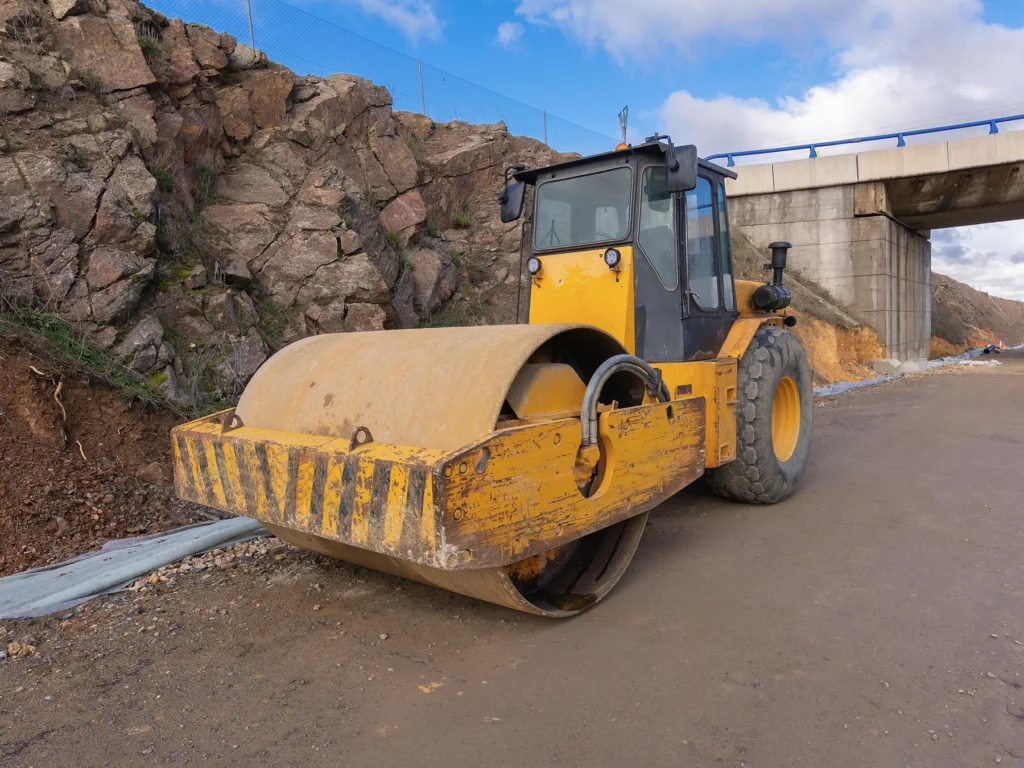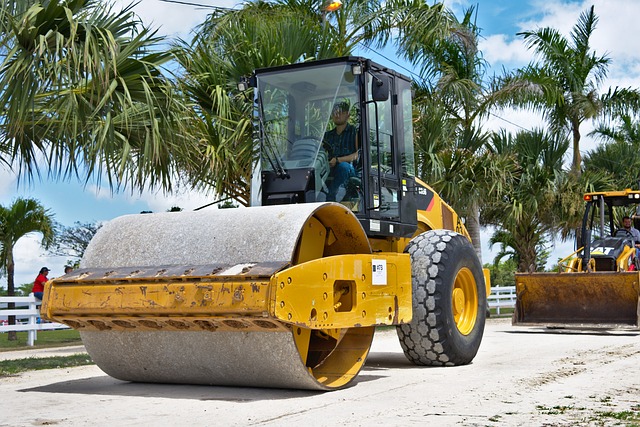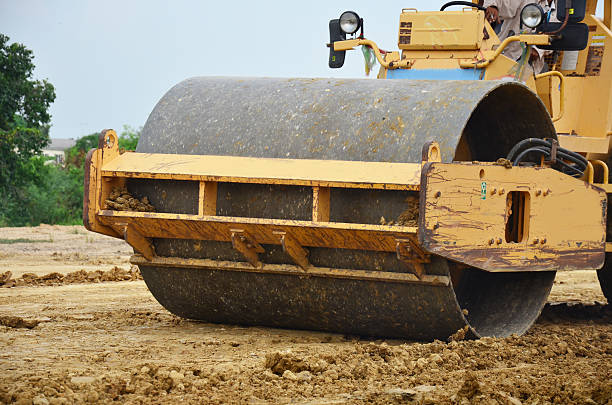The introduction sets the stage by emphasizing the importance of roller compactors, especially vibratory rollers, in construction projects. It highlights the critical role of vibration in achieving effective compaction and stresses the urgency of addressing vibration issues promptly to avoid project delays and additional equipment damage.
Possible Causes of the Issue:
Mechanical Malfunction:
- Faulty Vibration Motor: A malfunctioning vibration motor can result from wear and tear or electrical issues, preventing the generation of vibrations necessary for compaction.
- Loose or Damaged Belts/Chains: These components are crucial for transferring power from the engine to the vibration mechanism. Any looseness or damage can disrupt this transmission, leading to reduced or no vibration output.
- Malfunctioning Bearings: Bearings facilitate movement within the compactor. If they fail or become worn out, they can impede the proper functioning of the vibration mechanism.
Electrical Issues:
- Wiring Problems: Damaged or loose wiring can interrupt the electrical signals needed to activate the vibration mechanism.
- Faulty Control Panel: Issues with the control panel, such as malfunctioning buttons or switches, can prevent the proper regulation of vibration settings.
- Sensor Malfunctions: Sensors play a vital role in monitoring and controlling vibration. Malfunctioning sensors may fail to initiate or regulate vibrations as required.
Hydraulic System Problems:
- Low Hydraulic Fluid Levels: Insufficient hydraulic fluid can lead to reduced hydraulic pressure, affecting the operation of the vibration mechanism.
- Blocked or Damaged Hydraulic Lines: Blockages or damage in hydraulic lines can disrupt the flow of hydraulic fluid, hindering the transmission of vibration.
- Defective Hydraulic Pump: A defective hydraulic pump may fail to generate adequate pressure to power the vibration mechanism, resulting in reduced or no vibration output.
Learn More: HOW TO OPERATE A COMPACTOR? GENERAL ADVICE AND WARNINGS
Troubleshooting Steps:
- Visual Inspection: Conducting a visual inspection involves thoroughly examining various components of the roller compactor, including electrical connections, belts, chains, bearings, and hydraulic lines, for signs of wear, damage, or malfunction.
- Electrical Checks: Testing the functionality of the control panel, measuring voltage at the vibration motor, and verifying the performance of sensors help identify electrical issues that may be causing vibration problems.
- Hydraulic System Evaluation: Checking hydraulic fluid levels, inspecting hydraulic lines for blockages or leaks, and testing the performance of the hydraulic pump enable operators to assess the health of the hydraulic system and identify potential causes of vibration issues.
Corrective Actions:
- Mechanical Repairs: Depending on the specific issue identified, replacing faulty components such as the vibration motor, belts, chains, or bearings may be necessary to restore proper vibration functionality.
- Electrical Repairs: Repairing damaged wiring, replacing faulty control panel components, or installing new sensors can address electrical issues affecting vibration.
- Hydraulic System Fixes: Topping up hydraulic fluid levels, repairing or replacing damaged hydraulic lines, or replacing a defective hydraulic pump can resolve hydraulic system problems causing vibration issues.
Preventive Measures:
- Regular Maintenance Schedule: Implementing a regular maintenance schedule ensures that roller compactors are inspected, lubricated, and serviced at predetermined intervals to prevent potential issues.
- Routine Inspections of Components: Regularly inspecting bearings, motors, hydraulics, and electronics helps identify and address any signs of wear, damage, or malfunction before they escalate into major problems.
- Lubrication of Moving Parts: Proper lubrication of moving parts minimizes friction and wear, prolonging the lifespan of components and ensuring smooth operation of the roller compactor.
- Staff Training: Providing comprehensive training to operators on proper equipment usage and maintenance practices equips them with the knowledge and skills to operate roller compactors safely and effectively, reducing the likelihood of vibration-related issues.
Learn More: What is a Compactor and How it is Used in Construction
Conclusion:
In conclusion, addressing vibration issues in roller compactors promptly and effectively is essential for ensuring efficient compaction processes and preventing further damage to equipment. By following troubleshooting steps, implementing corrective actions, and adhering to preventive measures, operators can maintain optimal performance, extend machinery lifespan, and uphold safe and productive construction practices.





